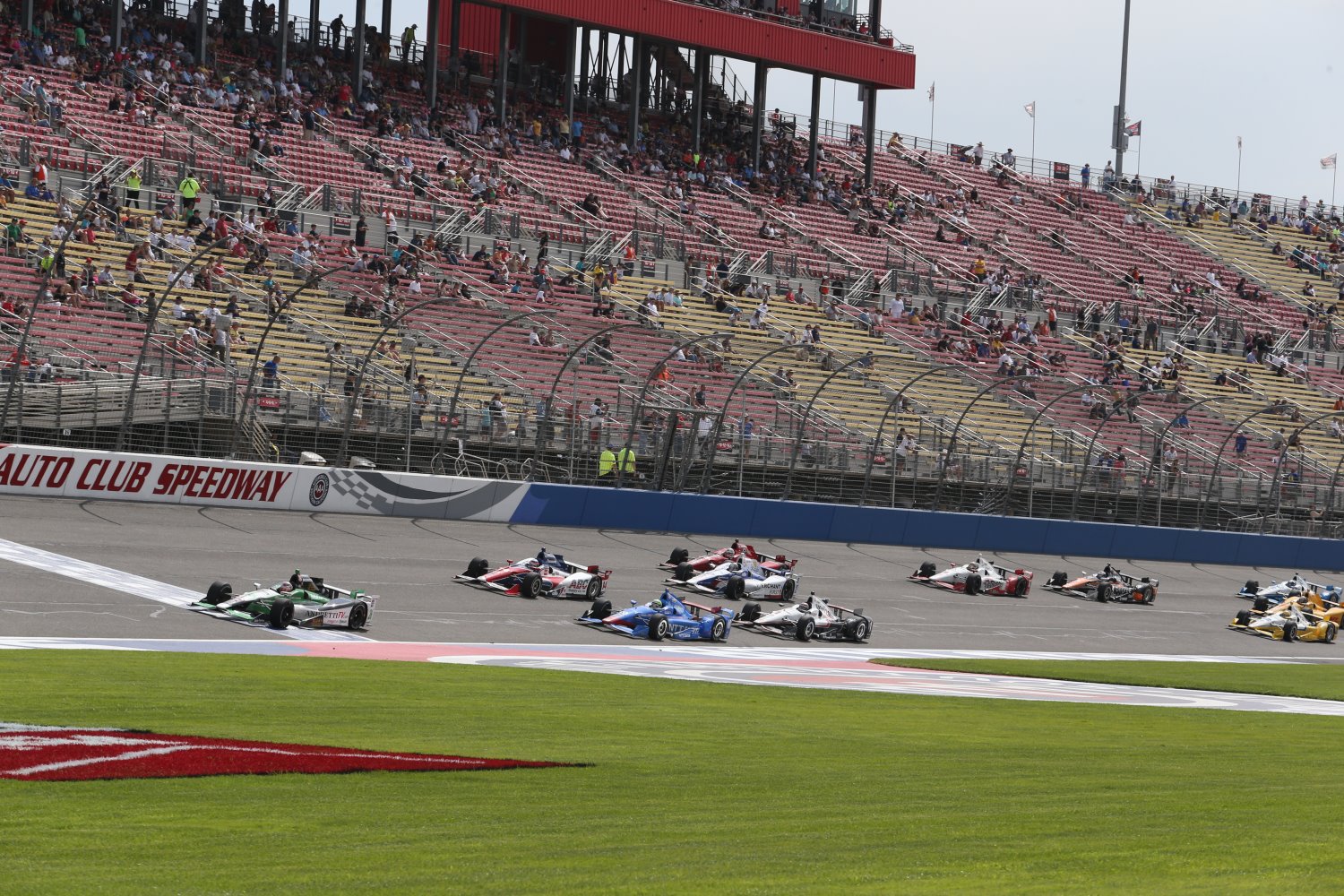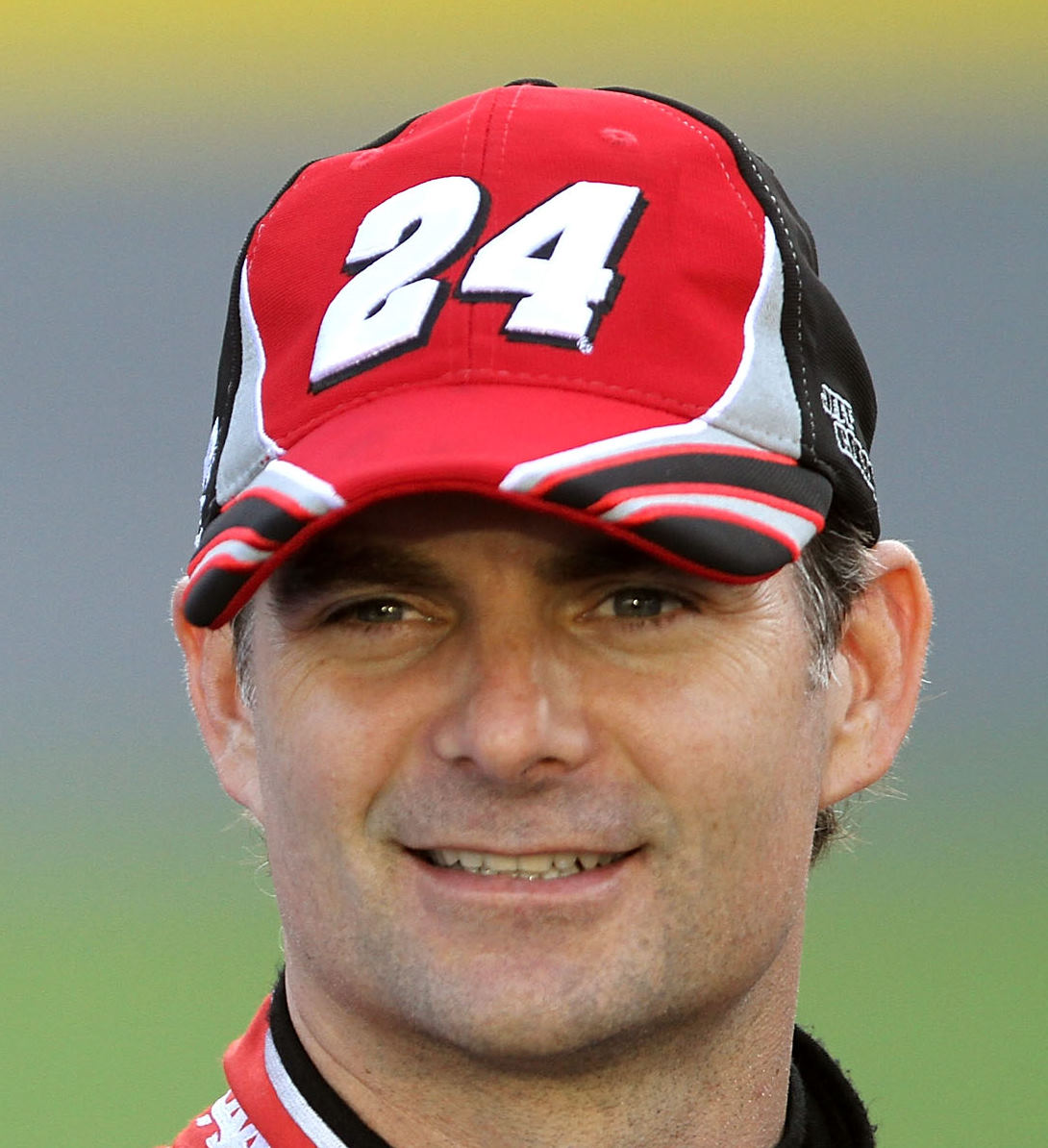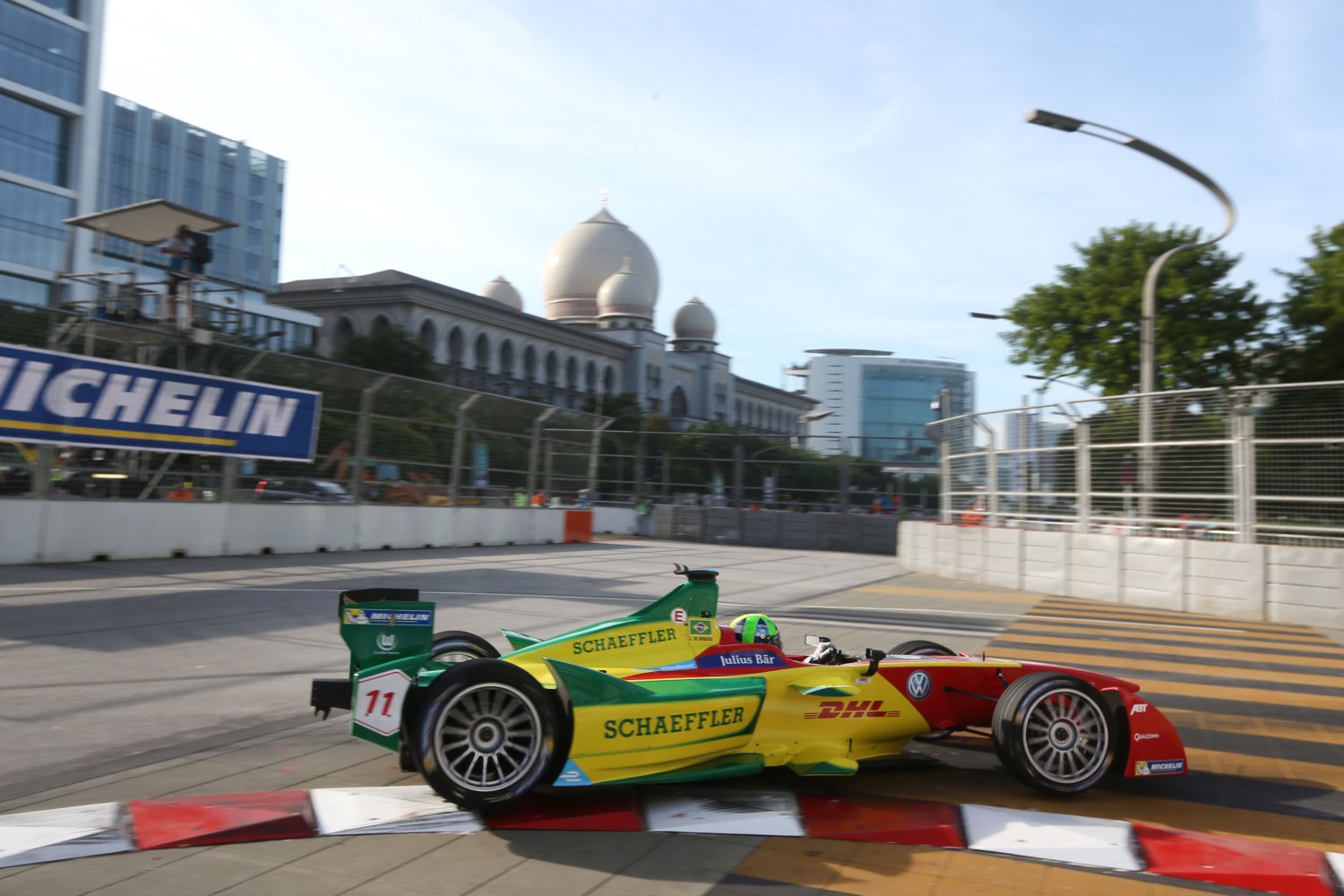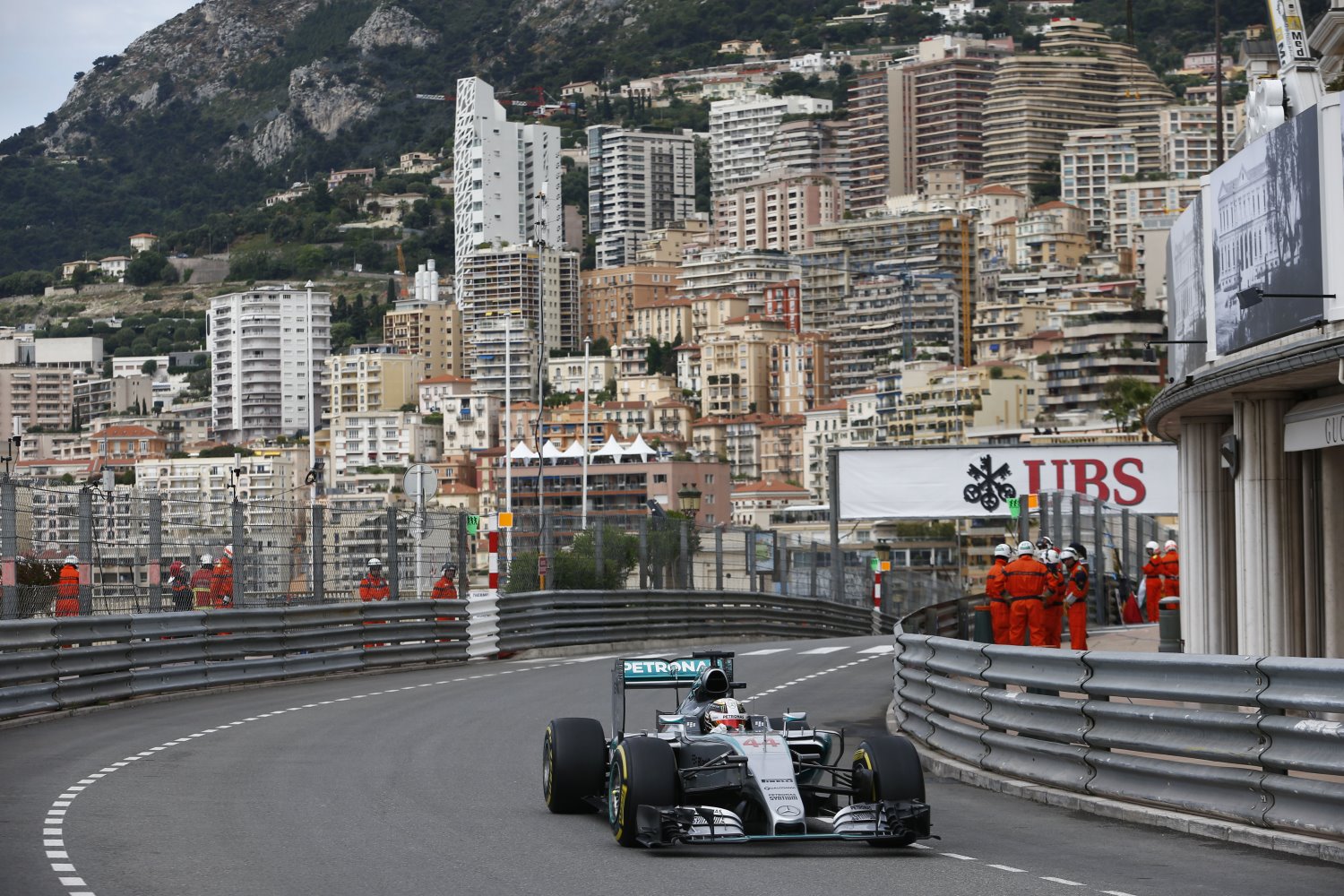Motorsports needs a major re-think, and soon
 |
| The signs of IndyCar's decline are no more evident than at its oval races which draw very sparse crowds |
If you look around, the signs are everywhere.
Not that this is anything new, mind you. If you follow racing you are aware of the trends over the better part of the last decade, which have seen the sport decline in relevance and interest. Whether it's empty seats at races, declining television viewership, diminished sponsor support, or further dilution of the sport, racing is struggling.
That trend continued in 2015, and there are signs the bottom has yet to be found. Worse, those in leadership positions either fail to see this or have chosen to focus their energies on non-essential matters.
In Daytona Beach, Brian France is probably considering further alterations to his silly Chase for the Sprint Cup when not busy gooing and gushing over this coming year's unveiling of the Daytona Rising Project at the epicenter of stock car racing. The project and shamelessly self-important propaganda accompanying this '$400 million reimagining of an American icon' will see Daytona International Speedway redone with escalators, elevators, double the restrooms, improved concourses, luxury suites and a variety of other amenities to improve the fan experience.
[adinserter name="GOOGLE AD"]What they won't say is that these new amenities and costly upgrades aren't expected to bring in more spectators. Yes, seating capacity at DIS will be reduced by nearly a third from 147,000 to just over 101,000.
But fewer spectators certainly mirrors the reductions in corporate sponsorship. We all know former front-running team Michael Waltrip Racing has been forced to close its doors, with popular driver Clint Bowyer finding work elsewhere. Amongst a few of the other things we've witnessed in NASCAR over the past few months is:
- Danica Patrick's longtime sponsor Go Daddy and their $1.4 billion of sales replaced by Nature's Bakery and their $100 million in sales. What Patrick will lose in brand value from a company like Go Daddy that wins marketing awards annually and is recognized by younger consumers is impossible to calculate.
- 3M dropping from 11 races with Jeff Gordon in 2015 to 5 races with Gordon's replacement Chase Elliott in 2016. Remember, 3M was a near full-season sponsor for Greg Biffle for a decade
- Speaking of Biffle, his sponsor for 15 races in 2015, Ortho, will not be back in 2016.
 |
| Who is the next Jeff Gordon and Dale Earnhardt Jr.? |
And none of the above takes into account that NASCAR has to be concerned that Jeff Gordon's retirement this season will be followed by Tony Stewart after 2016. Throw in the fact the series' most-popular driver Dale Earnhardt Jr. now in his early 40s, it's fair to ask where the star power is in NASCAR going forward? Yes, Harvick, Logano, Johnson, Keselowski, Busch, etc. are fine drivers. But none boast anything near the legion of followers of the drivers above. While fancy concourses and improved WiFi at Daytona are wonderful, they alone are not enough to draw people to the arena. And NASCAR will need to build new heroes in the coming years to replace Gordon, Stewart, and eventually Earnhardt.
As for another France family owned property, the first two years of the ALMS/Grand-Am merger have seen a great reduction in the prototype classes, with no real indication of any direction forward. Sports car racing seems destined to remain an activity taking place in a vacuum of enthusiasts – its heyday in America a near forgotten memory.
Across the pond, the Formula One world is feeling the after-effects of an ill-fated decision two years ago to adopt 'greener', more road-relevant, lighter displacement hybrid engines. These engines err…power units, have removed the spectacular sound that was once an unmistakable part Grand Prix racing, at the same time greatly increasing the costs of competing at the pinnacle of motorsport. Further, regulations to offset the spiraling costs have limited development on the cars, which in turn has made the racing predictable and dull.
Not surprisingly, Formula One has witnessed significant declines in viewership over the past two seasons.
More concerning is the fact Formula One's powers-to-be seem less concerned about cooperatively addressing the sport's problems as they do bickering amongst themselves. FIA President Jean Todt, who a few years back sold out some of the governing body's decision making power in a complex deal with F1 commercial chief Bernie Ecclestone, appears more concerned with his campaign for road safety than acting as a steward for a sport desperately in need of leadership.
[adinserter name="GOOGLE AD"]Ecclestone, of course, was long against the concept of smaller, more efficient engines. The octogenarian has spent two years angling to regain the political high ground he once occupied to either have the new regulations abolished or find alternative sources of power.
While I agree with Ecclestone's premise that the new engines have done much more harm than good, he has revealed himself a diminished and ineffective leader in the past two years. The once benevolent dictator has been merely reduced to another party trying (at times in vain) to forward his agenda in the cutthroat world of Grand Prix racing.
Now, there are some divisions of the sport that have shown encouraging signs. Red Bull Global Rallycross once again served up an exciting season. The series boasts a greater percentage of fans amongst the coveted millennial demographic than traditional racing series, growing manufacturer involvement and a strong presence on network television.
But can GRC with its ADD-friendly racing, and 'we don't take ourselves too seriously' vibe, go beyond satisfying the need for instant gratification and provide the nuance and detail necessary to captivate a larger audience? Or is it destined to plateau as another sports property, albeit a very entertaining one, helping fill the networks' seemingly unending appetite for sports entertainment properties?
In short, we know GRC has bandwidth; does it have depth? We should find out in the coming years.
 |
| Silent racing has no future |
And what about Formula E?
Whatever you think of the all-electric racing concept, one has to applaud Alejandro Agag's willingness to embark on a new concept. The series seems to sign a new sponsor nearly every day, and the racing has been entertaining for the first year-plus.
But will quiet racing that doesn't provide that visceral spectacle truly captivate the masses? With the massive costs of flying its circus all over the globe, Formula E has made a large gamble that it can.
The emergence of Formula E also calls to mind another major problem racing faces: dilution. With so many series competing for eyeballs and the elusive entertaining dollar, combined with an aging fan base, it would seem the sport lacks the fans necessary to support these various series. Still, race sanctioning groups continue to chart their courses independently, without regard for one another or the sport as a whole. In the coming years, will there be enough fans worth waging war over? Or will race sanctioning groups be forced to come to their senses, abandon the scorched-earth policy thinking and collaboratively work to ensure the sport's future?
 |
| F1 attendance is decent, but its TV audience is down |
Of course, with 2016 approaching, it is Speedway, Indiana which will play host to the year's hallmark racing event. Although not as grand or shamelessly promoted as the one in Daytona, the world's most famous racing cathedral is undergoing a significant facelift in preparation for the centennial running of the Indianapolis 500. While the Hulman and Co. consortium has been much-maligned in these pages, it's hard to dispute the fact IMS does big events well. Every reasonable expectation is the 100th edition of the Greatest Spectacle in Racing will be a memorable celebration of not only the world's most famous automobile race but also the rich history of American Open Wheel Racing.
And while the company line coming out of Speedway during the latter part of 2015 has focused on the slightly improved television ratings for the series and the upcoming centennial running of the 500, there have been less than encouraging signs coming out of the open wheel set as well. Amongst them would be:
- Less than six months before the Indy 500, five American drivers have full-season rides for 2016.
- Sage Karam being let go by Chip Ganassi Racing due to an inability to secure sponsorship. Say what you will about Karam, clearly, he ruffled some feathers in 2015. But he was a lightning rod of drama and intrigue – exactly what IndyCar needs. Nonetheless, despite the best efforts by team and driver to secure sponsorship, the talented, charismatic 20-year-old Karam finds himself, uncertain about his racing future.
- American Indy Lights champion Spencer Pigot only able to secure three events with Rahal Letterman Lanigan Racing – essentially the minimum allotted for the Mazda Lights scholarship.
- KV Racing Technology possibly cutting back to one entry, due to surprise, surprise: difficulty securing funding.
The above helps to illustrate what will surely be the not so small elephant in the room during this upcoming May: the sad, impoverished state of modern Indy Car racing, and where the sport goes after this year's centennial celebration.
 |
| Will IndyCar be sold after the 100th 500 in 2016? |
Can IMS parlay this one-time opportunity into revitalization for Indy car racing and the great race? Are they even thinking in such terms?
Or will the month of May be a more grandiose installment of IMS showering in their own self-adulation whilst neglecting the rest of the sport? Stated differently, will May in Speedway be synonymous to the nobles of a once proud kingdom reveling in one final orgy, while the town below continues its slow burn to mere rubble?
This, in my opinion, is the most intriguing question in the world of racing entering 2016.
Overall, racing enters 2016 after a decade of decline, showing few signs the trend is reversing. Worse, the sport's leaders seem to be either treating the wrong symptoms or taking the approach that the problem will at some point, self-correct.
And if this trend continues, I dread what discussion we might be having a decade from now.
Postscript: I'll have AR1's Racing Year in Review within the next week, where we'll look back on some of the best and worst of racing in 2015.
Brian Carroccio is a senior columnist for AutoRacing1. He can be contacted at BrianC@AutoRacing1.com
[adinserter name="GOOGLE AD"]
